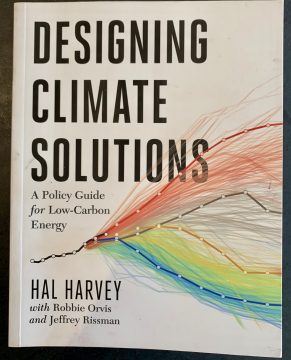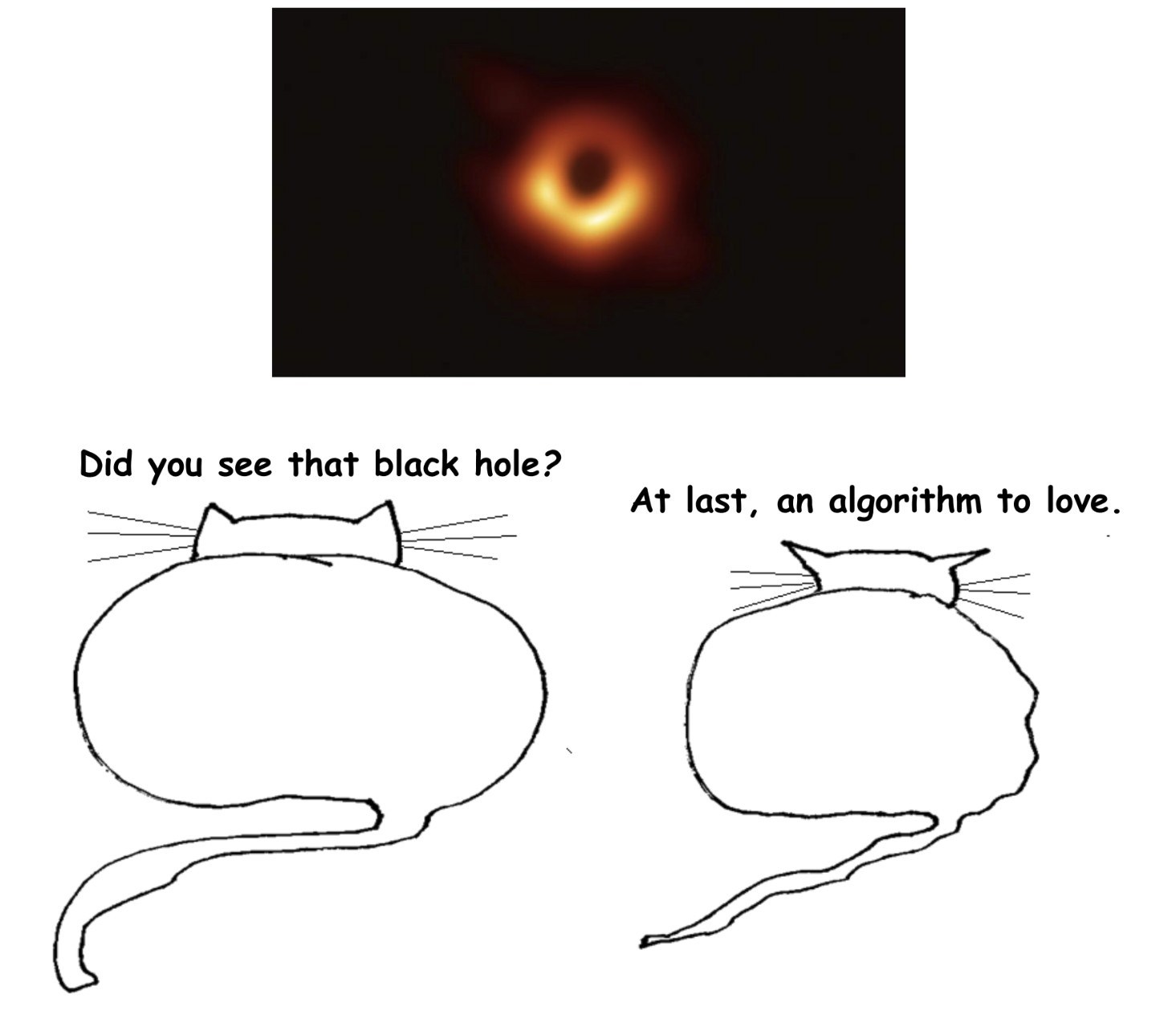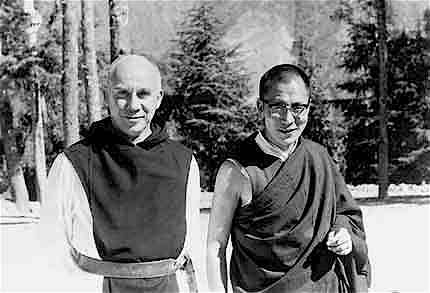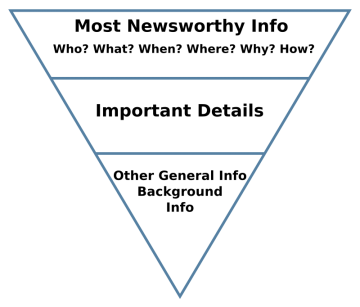by Joan Harvey

Where will you be in 2045?. . .
All of us right now can testify
Take a stand, radical man, oh
—Prince Rogers Nelson “2045 Radical Man”
Amid all the despair about our future (and there are plenty of reasons to be despairing), it also seems as if finally, maybe, the times they are a changin’. Swedish environmental activist Greta Thunberg, 16, has been nominated for a Nobel Peace Prize for her work combating global warming. The Green New Deal, with Alexandria Ocasio-Cortez as one of the more outspoken advocates, has the support of more than 80 percent of registered voters, according to a joint Yale and George Mason University survey. Increasingly people recognize that these mega-storms and fires, these terrible cold waves and cyclone bombs, these long droughts and flooded farms are related to global warming. Young people tragically understand that they will have a degraded future unless they act now. From the group of youth suing the U.S. government over their future, to Isra Hirsi, also 16 (daughter of Ilhan Omar), one of the three youth leaders planning the U.S. component of the March 15 International Youth Climate Strike, the world is waking up.
Extreme weather has become the devastating new normal. And everything is accelerating. Just the release of methane and carbon as tundra permafrost melts across Russia, northern Canada, and Alaska can add a couple of degrees to the heating of the globe. Wildfires release carbon and create smoke which traps more heat. Arctic sea ice used to be a shiny white surface that reflected sunshine, but now with ice melt we get a dark surface that absorbs heat. We’ve entered an age of runaway feedback loops. We kick off the loop and nature accelerates it. Ice is melting so fast that the science can’t keep up. We also need to remember that CO2 in the atmosphere stays there, with a half-life of millennia. Meanwhile in 2018, CO2 emissions in the U.S. rose 3.4 percent from the previous year. That is the second largest gain in in the last two decades, and one we can’t afford.
Everyone agrees time is of the essence. In a report released in October, the United Nations Intergovernmental Panel on Climate Change said that if the world is to contain the rise in global temperatures to 1.5 degrees Celsius, carbon emissions must be reduced by about fifty per cent before 2030, and completely phased out before 2050. There’s no time for shilly-shallying. Swift, decisive, smart action to reduce greenhouse gas emissions is imperative.
I’m a member of 350.org, Bill McKibben’s project, as I suspect many 3QD readers are. Read more »







 The spring ephemeral wildflowers of the Midwest are generally not large or showy. In a relatively short time during one of the less promising parts of the year, these perennial plants must put out leaves and flowers and reproduce, all before disappearing until the next spring. Still, they light up the woods for me every year despite their relatively modest circumstances.
The spring ephemeral wildflowers of the Midwest are generally not large or showy. In a relatively short time during one of the less promising parts of the year, these perennial plants must put out leaves and flowers and reproduce, all before disappearing until the next spring. Still, they light up the woods for me every year despite their relatively modest circumstances.
 When Socrates’ students enter his cell, in subdued spirits, their mentor has just been released from his shackles. After having his wife and baby sent away, Socrates spends some time sitting up on the bed, rubbing his leg, cheerfully remarking on how it feels much better now, after the pain.
When Socrates’ students enter his cell, in subdued spirits, their mentor has just been released from his shackles. After having his wife and baby sent away, Socrates spends some time sitting up on the bed, rubbing his leg, cheerfully remarking on how it feels much better now, after the pain.

 I’ve always liked stories that depended on mistaken identity, a very old theme in general. Having a degree in mathematical logic, I was also drawn to the subject on a more theoretical level, on which lies Gettier’s Paradox.
I’ve always liked stories that depended on mistaken identity, a very old theme in general. Having a degree in mathematical logic, I was also drawn to the subject on a more theoretical level, on which lies Gettier’s Paradox.

 Movies, music and novels portray a particular ideal of romantic love almost relentlessly. Love is something that happens to you, something you fall into even against your will or better judgement. It is something to be experienced as good in itself and joyfully submitted to, not something that should be questioned.
Movies, music and novels portray a particular ideal of romantic love almost relentlessly. Love is something that happens to you, something you fall into even against your will or better judgement. It is something to be experienced as good in itself and joyfully submitted to, not something that should be questioned.

 Just as Anteus in Greek mythology renewed his strength by touching the earth, so emigrés who live abroad often draw some sort of cultural or spiritual nourishment from returning to their roots. In my case this means returning to Britain, and specifically to the countryside that remains, for the most part, green and pleasant. Usually I do this in the summer, so it made a nice change this year to be in Britain at the beginning of Spring. The trees not yet being in leaf left more of the landscape open and visible. There were fewer flowers, of course, but there were also fewer holiday makers clogging up the roads and the honey pot tourist sites.
Just as Anteus in Greek mythology renewed his strength by touching the earth, so emigrés who live abroad often draw some sort of cultural or spiritual nourishment from returning to their roots. In my case this means returning to Britain, and specifically to the countryside that remains, for the most part, green and pleasant. Usually I do this in the summer, so it made a nice change this year to be in Britain at the beginning of Spring. The trees not yet being in leaf left more of the landscape open and visible. There were fewer flowers, of course, but there were also fewer holiday makers clogging up the roads and the honey pot tourist sites.
